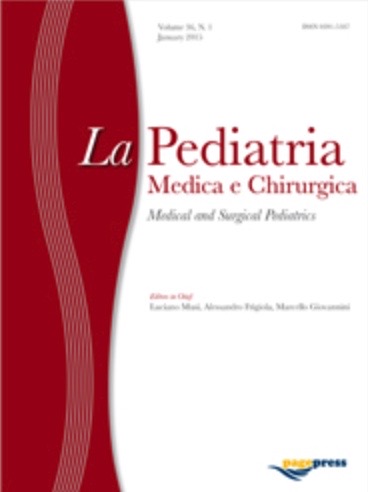Sensitivity and specificity test of alarm malnutrition for hospital-acquired malnutrition among pediatric patients

All claims expressed in this article are solely those of the authors and do not necessarily represent those of their affiliated organizations, or those of the publisher, the editors and the reviewers. Any product that may be evaluated in this article or claim that may be made by its manufacturer is not guaranteed or endorsed by the publisher.
Authors
Detecting the risks for hospital-acquired malnutrition in children can be performed by using nutritional screening tools. One of the screening tools that has been created is Alarm Malnutrition. This study aimed to test the sensitivity and specificity of Alarm Malnutrition in detecting the risks for hospitalacquired malnutrition in comparison to Screening Tool for the Risk on Nutritional status and Growth (STRONGkids). This study employed cross sectional design and involved 168 hospitalized children (1 month to 18 years) at pediatric ward. The data were analyzed using diagnostic approach which resulted in sensitivity and specificity values. The statistical tests showed that the sensitivity and specificity values of Alarm Malnutrition and STRONGKids were 32,2% and 81,6% respectively. These results indicated that this screening tool was not better than STRONGkids which has been previously used in Indonesia. Alarm Malnutrition needs to be developed and improved in order to achieve better performance in detecting the risks for hospital-acquired malnutrition.
How to Cite

This work is licensed under a Creative Commons Attribution-NonCommercial 4.0 International License.






